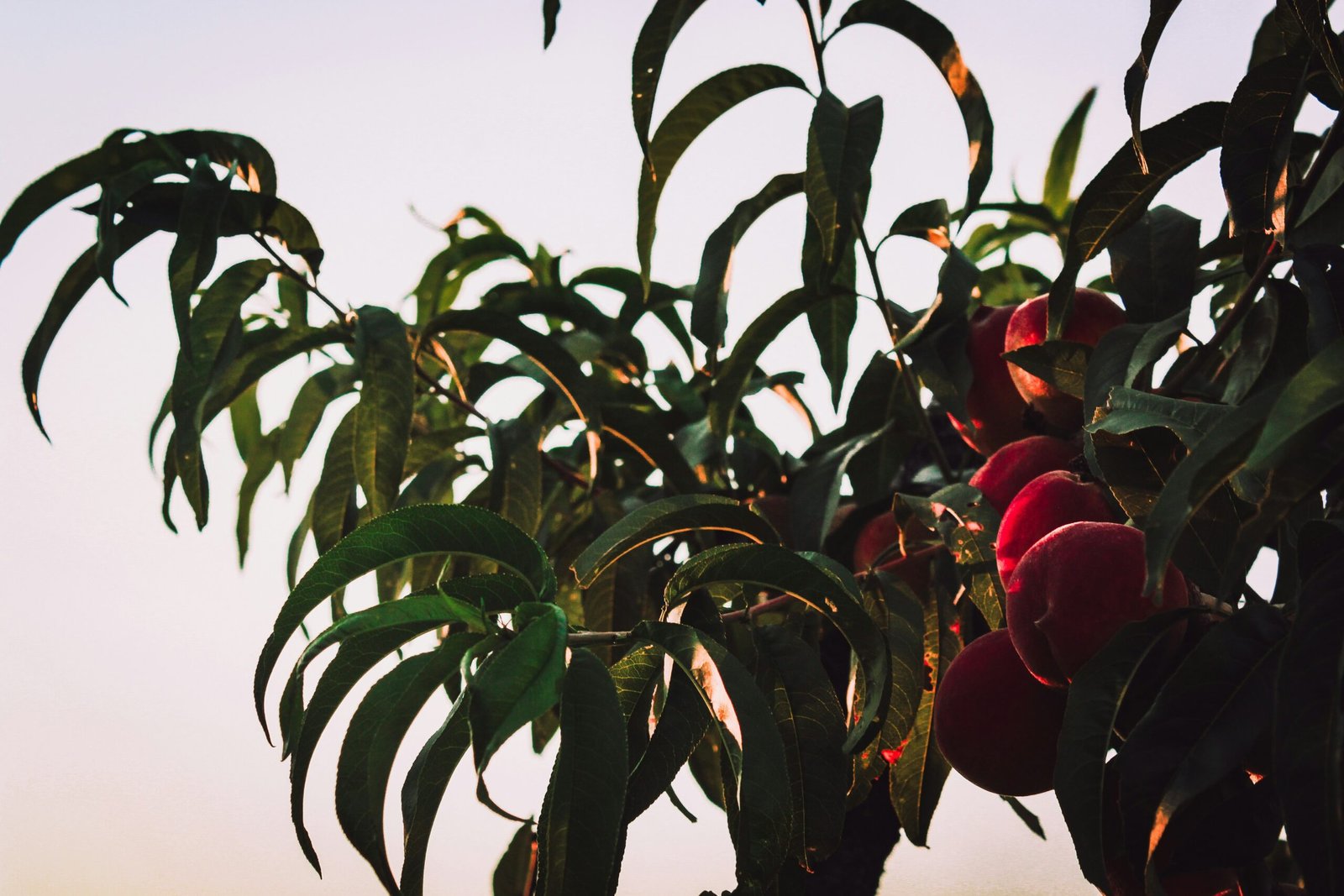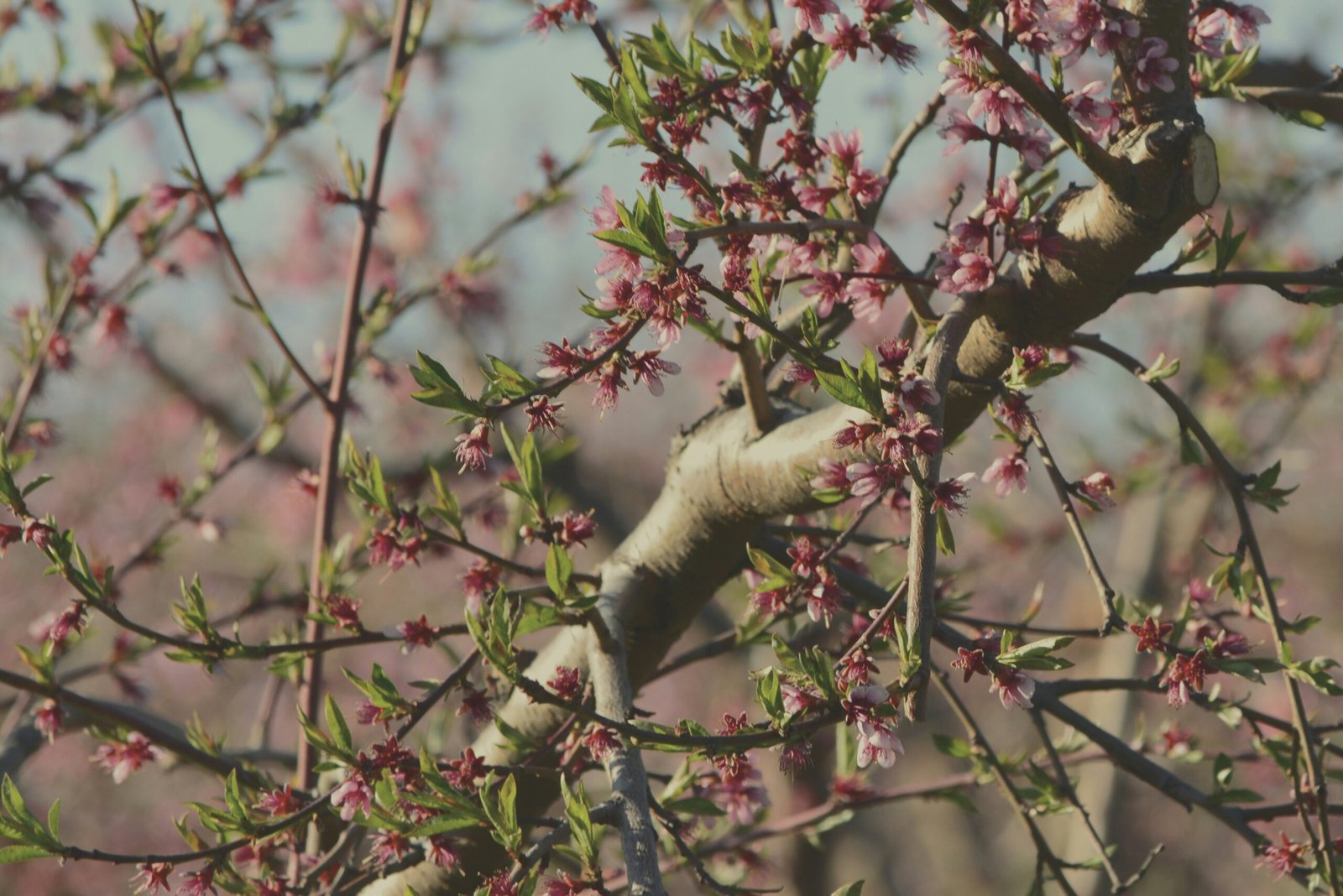Auxin-Like Substances Pioneered Parthenocarpic Fruit Development in Tomatoes
Gustafson (1936) was a pioneer in demonstrating that applying auxin-like substances to the stigmas of tomatoes and other plants could induce parthenocarpy, leading to fruit development without fertilization. His subsequent work in 1937 further supported the idea that pollen grains contain plant hormones, likely auxins, which stimulate ovary growth after pollination.
This research laid the foundation for understanding hormonal regulation in fruit set, particularly the role of auxins in triggering the developmental process. It also contributed to modern agricultural practices, where synthetic auxins are now used to induce seedless fruit formation in crops like tomatoes, grapes, and cucumbers.
The pioneering work of Gustafson (1936, 1937) in understanding the role of auxin-like substances in fruit set and parthenocarpy. This table summarizes these findings.
| Aspect | Details |
|---|---|
| Researcher | Gustafson (1936, 1937) |
| Key Discovery | Application of auxin-like substances on tomato stigmas induced parthenocarpic fruit development (fruit formation without fertilization). |
| Pollen Extract Experiment | – Applying pollen extracts externally to the ovary led to similar fruit development. – Suggested that pollen contains plant hormones, likely auxins, that stimulate fruit growth. |
| Hypothesis | After pollination, pollen grains transfer auxin-like hormones to the ovary, triggering fruit growth and development. |
| Significance | – Provided early evidence that hormones regulate fruit set. – Led to further studies on auxin-GA cross talk in fruit development. – Helped develop hormonal treatments for inducing parthenocarpy in commercial fruit production. |




